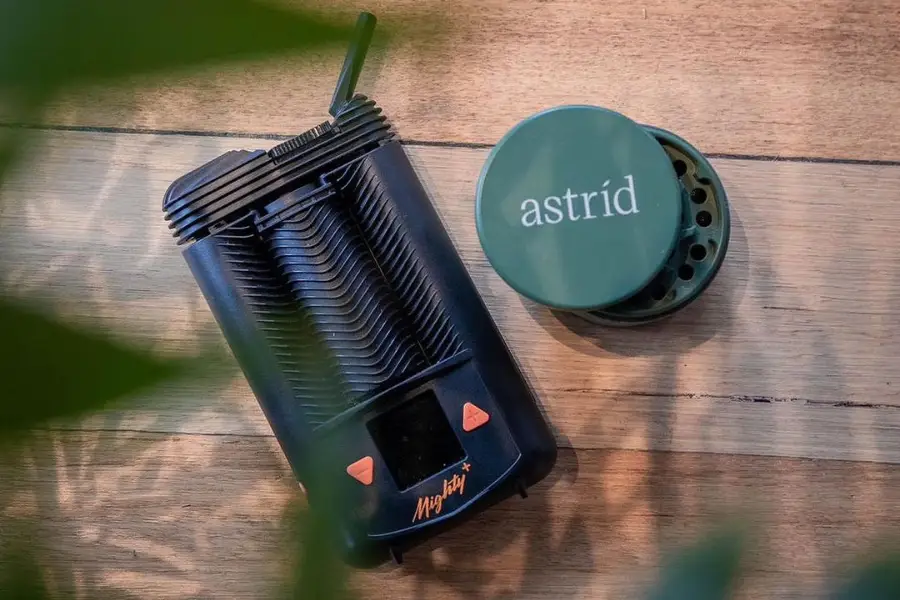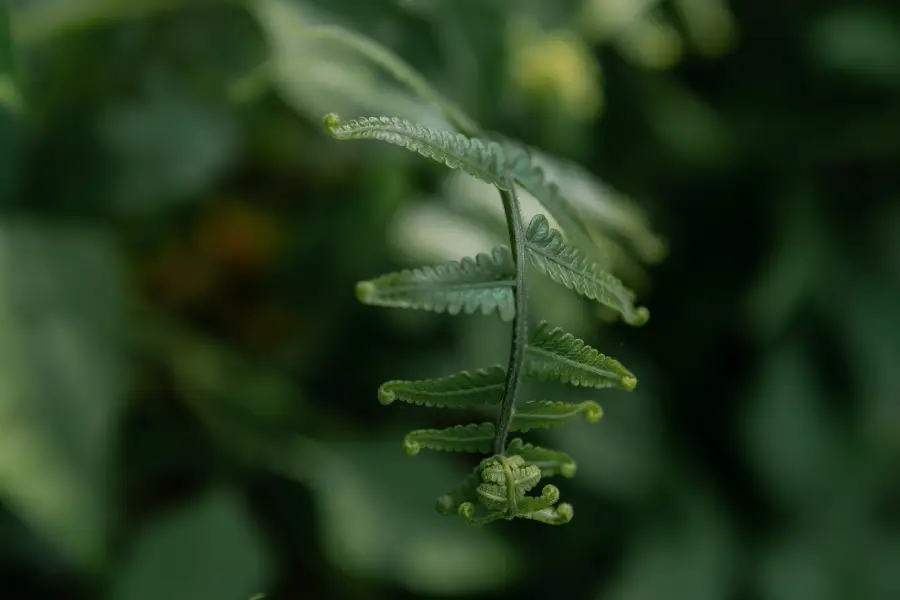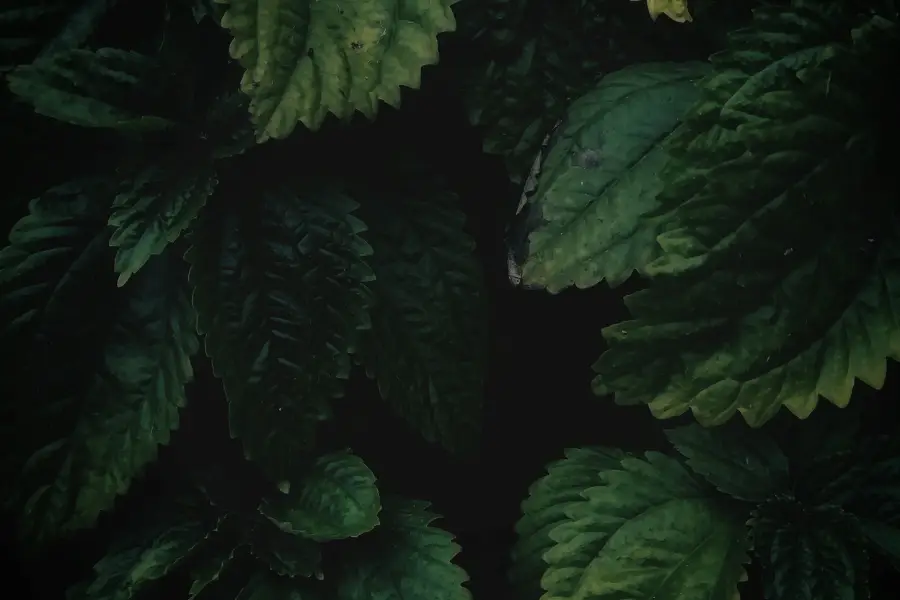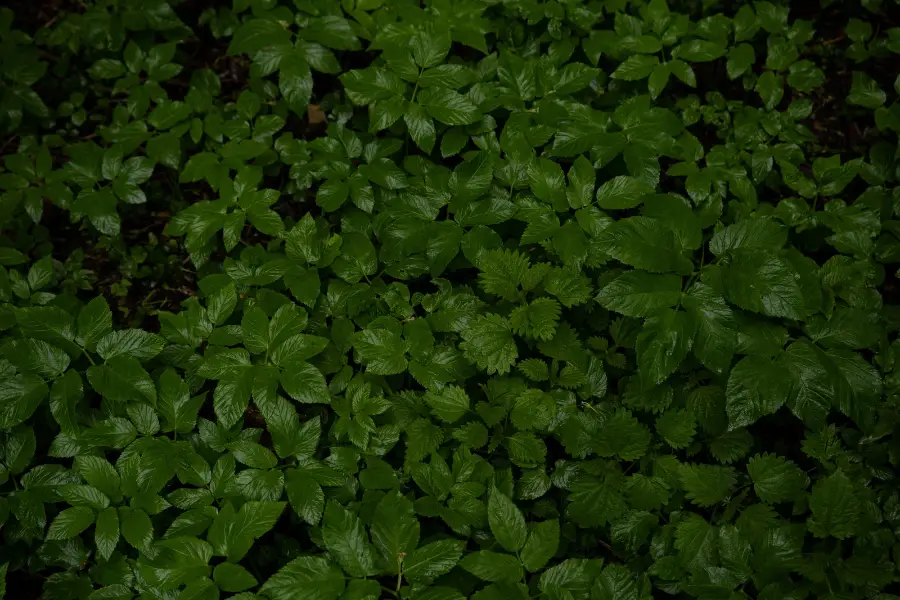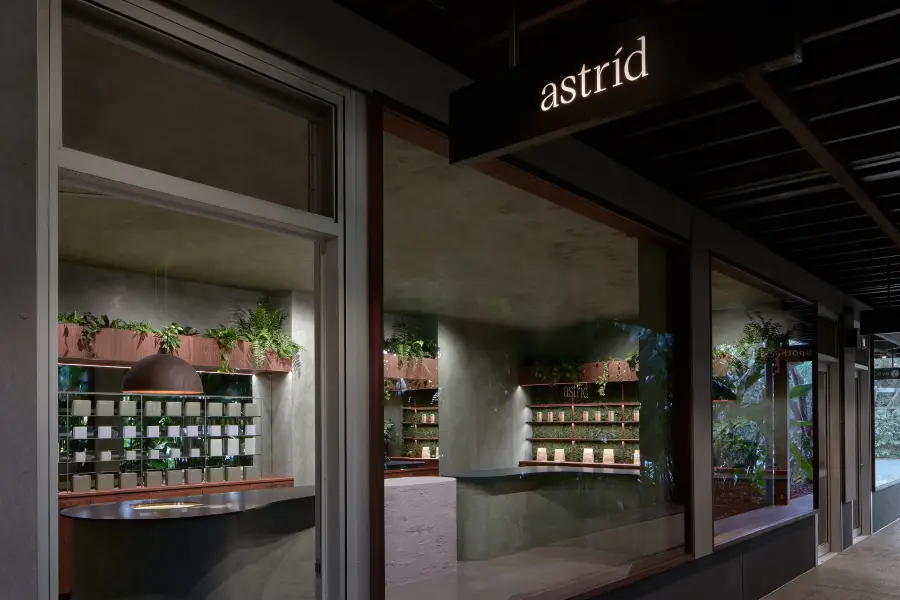What are natural therapies?
Medicinal cannabis products are legal, medicines that can be prescribed for patients by their doctor. Medicinal cannabis is derived from the cannabis plant and can be used to treat the symptoms of certain medical conditions, and the side effects of some treatments.
There are different products available to treat different conditions.
The active ingredients in medicinal cannabis are called ‘cannabinoids’. There are between 80 and 100 cannabinoids in medicinal cannabis, and researchers are still investigating how they all work.
At the moment, most products contain the cannabinoids cannabidiol (CBD) and tetrahydrocannabinol (THC).
How is natural therapy different to cannabis used recreationally?
It’s important to note there’s a difference between medicinal and non-medicinal cannabis.
For the majority of patients prescribed plant-based therapies, the aim of treatment is to provide relief from these symptoms without causing the psychoactive side effects that can result from too much THC.
Medicinal cannabis in Australia is regulated by the Therapeutic Goods Administration (TGA) who regulate the standards of quality of the production, manufacturing, testing, labelling and sale of medicinal cannabis products.
Therefore, plant-based products sold outside of dispensaries may not deliver desired results, posing potential dangers due to inadequate manufacturing standards, contamination risks such as mould, bacteria, pesticides, and inconsistent cannabinoid levels. While counterfeit products, often bought online without a prescription, can contain undeclared hazardous ingredients. Using fake or illegal products can put you at serious risk of unpredictable or severe adverse reactions.
Who might benefit from using natural therapies?
There are many potential uses for natural therapies, with new applications being investigated in current clinical studies.
A review by the National Academy of Sciences, Engineering and Medicine in the USA concluded there was substantial evidence to support the use of cannabinoids in:
- Chronic Pain
- Nausea and Vomiting during Chemotherapy
- Spasticity in Multiple Sclerosis.
It also concluded that there was moderate evidence for use of cannabinoids in improving sleep in patients suffering from specific diseases, for example, those with chronic pain.
In Australia, the Therapeutic Goods Administration (TGA) approves requests for people to be started on natural therapies. Approvals have been given for people who:
- feel like throwing up (nausea) or throw up (vomiting) after cancer treatment
- are children who have seizures because of hard to manage epilepsy
- are at end-of-life
- have hard to control cancer pain
- have hard to treat nerve pain
- have muscle tightness from conditions such as multiple sclerosis
- have lost a lot of weight and are unable to eat because of a long-term illness such as cancer.
Find out more helpful information on the TGA website

How are natural therapies taken?
The natural therapies available vary, depending on the symptoms or condition they are designed to treat. The way that one takes them can vary too. The doctor will need to assess the patient’s needs, and make a decision about whether there is an appropriate plant-based therapy.
There are many ways of administering natural therapies, but most commonly prescribed methods are:
- Swallowed/Ingested (e.g. oils, capsules, gummies, wafers)
- Pros: easy to take and adjust doses, longer acting effects (6-12 hours)
- Cons: takes longer to start working (30 mins-2 hours) & can be unpredictable, effects and duration of effect may vary with diet/digestive issues
- Inhaled (dried flower/herb in vaporiser or oils in vape cartridges)
- Pros: Quicker and more predictable effect within minutes
- Cons: Shorter acting (2-4 hours), have to purchase a vaporiser which can add to the cost of treatment, if using flower/herb can take more effort grinding & filling, may not be appropriate for patients with respiratory issues.
What are the side effects of natural therapies?
Like all prescription medicines, natural therapies can have side effects. These may include:
- fatigue and sedation
- vertigo
- nausea and vomiting
- fever
- appetite increase or decrease
- dry mouth
- diarrhoea
- convulsions
- feelings of euphoria (intense happiness) or depression
- confusion
- hallucinations or paranoid delusions
- psychosis or cognitive distortion (having untrue thoughts)
The extent of side effects can vary with the type of medicine and between individuals. When starting any new natural therapy it is important to “start low and go slow” this means working closely with the doctor to slowly increase the dose until symptom relief without experiencing adverse effects.
Although natural therapy may help one condition or symptom, this does not mean it will have benefits for other conditions or individuals, even with the same product and the same dose. There is also limited evidence about how natural therapies interact with other approved medications, therefore it is important to discuss the medical history with the doctor and pharmacist.
Can I drive while using natural therapies?
Patients taking any prescribed natural therapies should seek their doctor’s advice before driving or operating machinery.
While drowsiness is not a known side effect of CBD alone, it may occur if the CBD interacts with other medications.
Some medicines may also include tetrahydrocannabinol (THC), in which case there are variations in state to state laws regarding driving. In all states except Tasmania it is illegal for patients taking medicines which contain THC to drive.

How do I access natural therapies in Australia?
In Australia, there are currently only two medicinal cannabis products that have been listed by the Therapeutic Goods Administration (TGA):
- A spray containing THC and CBD. Used to treat spasticity in patients with Multiple Sclerosis
- A CBD-only oil preparation. Used with other epilepsy drugs to treat severe and rare forms of epilepsy in children aged two years and over.
However, the majority of medicinal cannabis products are not registered medicines in Australia or subsidised through the Pharmaceutical Benefits Scheme (PBS), so they can only be accessed through special pathways available for unapproved medicines.
Patients who don’t meet criteria for the registered products can access unapproved natural therapies with a prescription from a doctor, who must apply for approval to prescribe it under the applicable state or territory laws. Rules relating to plant-based therapies vary between states and territories.
Natural therapies are accessed through these pathways, via import from overseas or some are produced locally. These include raw (botanical) cannabis which may be vaporised for medicinal purposes, as well as oils, liquids and oral sprays. Some products have also been developed for direct application to the skin.
Individual patients cannot apply to the TGA for access to natural therapies.
How much do natural therapies cost?
In Australia, many medicines prescribed by your doctor are subsidised by the Commonwealth Government under the Pharmaceutical Benefits Scheme (PBS).
Unfortunately, only medicines registered with the TGA are eligible to be listed on the PBS. As the vast majority of prescribed natural therapies are currently unregistered, they cannot be subsidised by the PBS.
The cost of prescribed natural therapies varies depending on the type of product and the dose recommended by your doctor. As these products are not subsidised by the PBS, you must fund the cost yourself.
To learn more about natural therapies or ask any questions, please contact our team on (03) 9077 2446 or hello@astrid.health, or visit one of our dispensaries.

